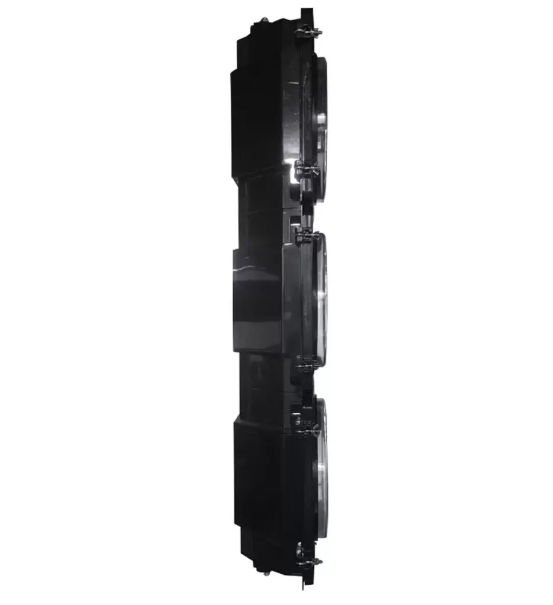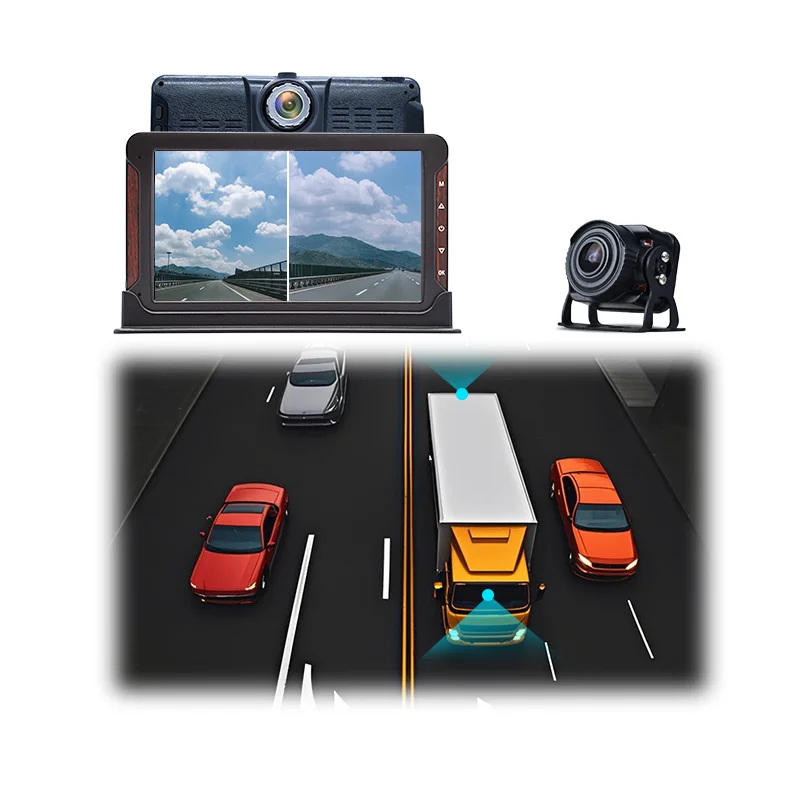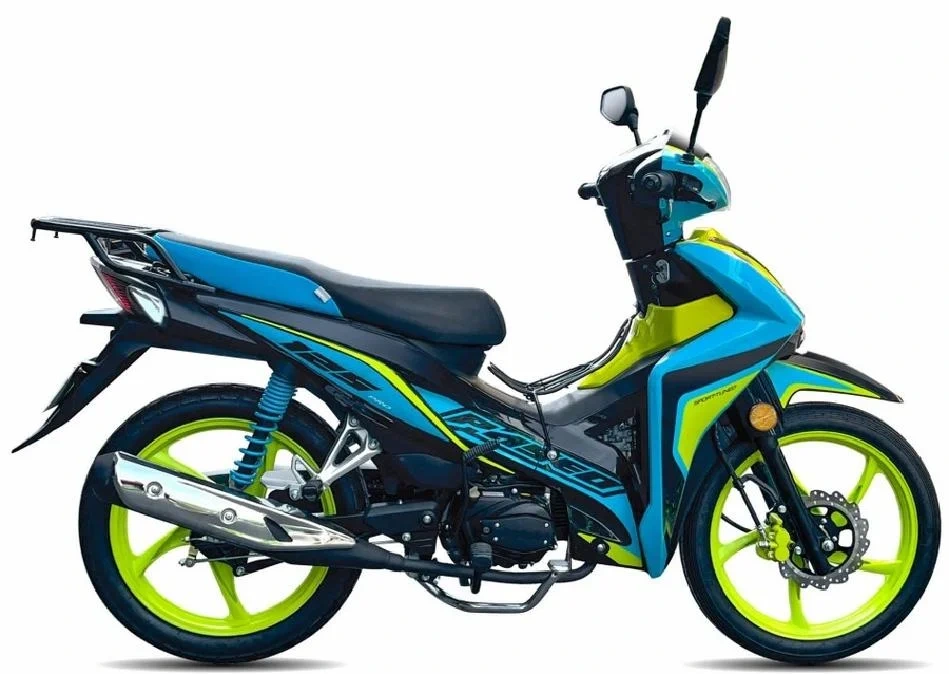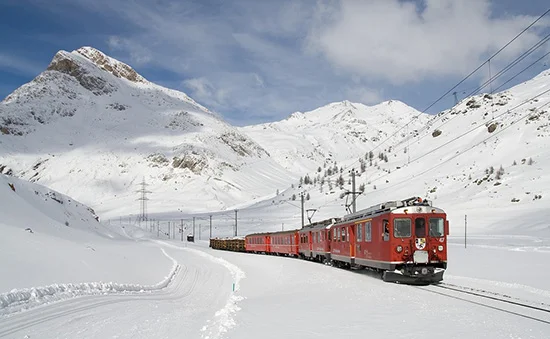Navigating the Cost-Effective Routes: An In-Depth Analysis of the Cheapest Modes of Transport
In an increasingly interconnected world, the choice of transportation can significantly impact both personal finances and environmental sustainability. As individuals and businesses alike seek to optimize their travel expenses, understanding the various modes of transport available and their associated costs becomes paramount. This article delves into the intricacies of transportation economics, exploring which way is the cheapest mode of transport while considering factors such as distance, destination, and the nature of the journey.
Understanding Transportation Costs
Before we dive into specific modes of transport, it’s essential to grasp the components that contribute to transportation costs. These include:
- Direct Costs: These are the explicit expenses incurred during travel, such as fuel, ticket prices, tolls, and maintenance fees.
- Indirect Costs: These encompass time lost during travel, potential accommodation expenses, and the opportunity cost of not engaging in productive activities.
- Environmental Costs: Increasingly, travelers are considering the ecological footprint of their transport choices, which can influence long-term costs and societal impacts.
Comparing Modes of Transport
To determine the cheapest mode of transport, we must evaluate several common options: driving, flying, taking the train, and using buses. Each mode has its unique advantages and disadvantages, which can vary based on specific circumstances.
- Driving
Driving can be economical for short to medium distances, especially when traveling with multiple passengers. The costs associated with driving include:
- Fuel Costs: Vary based on vehicle efficiency and fuel prices.
- Tolls and Parking Fees: These can add up, particularly in urban areas.
- Maintenance and Depreciation: Regular upkeep and the vehicle's loss of value over time should be factored in.
Cost-Effectiveness: For families or groups, driving can be the cheapest option, especially when costs are shared. However, for solo travelers, the expenses can quickly escalate.
- Flying
Air travel is often the fastest way to cover long distances but can be the most expensive. Key considerations include:
- Ticket Prices: These can fluctuate significantly based on demand, season, and how far in advance tickets are purchased.
- Baggage Fees: Many airlines charge for checked luggage, which can increase overall travel costs.
- Airport Transfers: The cost of getting to and from airports can also add to the total expenditure.
Cost-Effectiveness: While flying may be the cheapest option for long-distance travel, it often becomes less economical when considering additional fees and the time spent at airports.
- Train Travel
Train travel offers a unique blend of comfort and efficiency, particularly in regions with well-developed rail networks. Costs associated with train travel include:
- Ticket Prices: Generally more affordable than air travel, especially with advance bookings.
- Time: Trains often provide a more relaxed travel experience, allowing passengers to work or enjoy the scenery.
Cost-Effectiveness: For medium to long distances, trains can be a cost-effective choice, particularly in Europe and parts of Asia where rail networks are extensive and efficient.
- Buses
Buses are typically the cheapest mode of transport, especially for budget-conscious travelers. Considerations include:
- Ticket Prices: Bus fares are usually lower than those of trains and planes.
- Travel Time: Buses can take longer than other modes, which may be a drawback for some travelers.
Cost-Effectiveness: For short to medium distances, buses can be the most economical option, particularly for solo travelers or those without tight schedules.
Conclusion: Making the Right Choice
Determining the cheapest mode of transport is not a one-size-fits-all solution. It requires a careful analysis of the specific journey, including distance, number of travelers, and personal preferences regarding time and comfort.
For short distances, buses often emerge as the most economical choice, while driving can be cost-effective for groups. For longer journeys, trains may provide a balance of cost and comfort, whereas flying can be justified for time-sensitive travel despite its higher costs.




